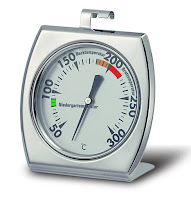Many clay products such as polymer and foam clay can be purchased pre-coloured. Stone based air dry clay’s are usually white, grey or terracotta. If you want to colour your clay there are two main techniques;
- Pre- cured - wet clay
- Post cured - dry clay
There are an abundance of pigments that can be used to add colour and shimmer to your creations. In addition to using tempura and acrylic paints, air dry clay can be coloured with marker pens, inks, chalks and dyes. Glitter glue and metallic powders can also be added for extra sparkle and great effects. Remember that air dry clay is porous and the finished creation should be sealed with a varnish.
Before adding a colourant to uncured clay knead the clay to soften it making it easier to accept the colour. Gradually add the colourant a small drop at a time, making sure you work it in fully before adding more. Continue adding a few drops at a time until you are satisfied with the shade. Colouring clay can be very messy so be sure to work over a surface that can be easily cleaned or thrown away, such as plastic sheeting or newspaper.



